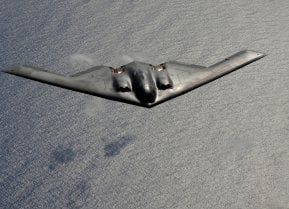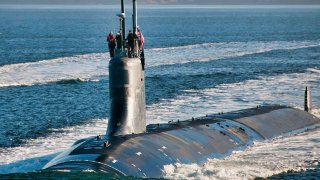Why the Navy's Seawolf-Class Submarine Might Be a Failure Afterall
The U.S. Navy's Seawolf-Class are expensive but considered one of the best submarines ever to sail. However, maintenance issues have held the boats back.
What's Wrong With the Seawolf-class Submarine – It's Actually the Shipyards - The United States Navy operates just three Seawolf-class submarines, as they were intended to replace the aging Los Angeles-class fast attack submarines (SSN), but due to the end of the Cold War and budget constraints, the program was cut short. One factor for the reduction was the cost, with each boat coming in at around $3.5 billion.
Yet, the class is still noted for its capabilities.
As previously reported by Brent Eastwood for The National Interest:
"The speed jumps out first – 35-knots submerged and 20-knots in silent mode. The armaments were equally impressive. The Los Angeles-class deployed with 37-torpedoes in four tubes, but the Seawolf-class had 50 heavy-weight 533-millimeter Mark 48 torpedoes. Don't forget a load of Harpoon anti-ship missiles, which it could launch through eight tubes. The Seawolf could also fire land-attack Tomahawk missiles."
Seawolf-Class Problems: What About the Maintenance Issues?
Beyond the cost of the program, some critics also point to the maintenance record of the Seawolf-class; especially as only two of the three boats are now in service.
However, this needs to be put into perspective.
Maintenance and modernization efforts on the boats has indeed been costly and lengthy – with the USS Connecticut (SSN-22) spending several months at the Puget Sound Naval Shipyard in 2019. It was estimated that the project cost more than $17 million and involved 20,000 worker days. Significant upgrades typically do come with great costs.
More recently, SSN-22 was involved in a collision with a seamount in the South China Sea in October 2021, and the boat was forced to limp back to the United States. Repair work only began last year, and it could take at least 31 months to be completed. As it currently stands, the boat is only now scheduled to return to service in September 2025.
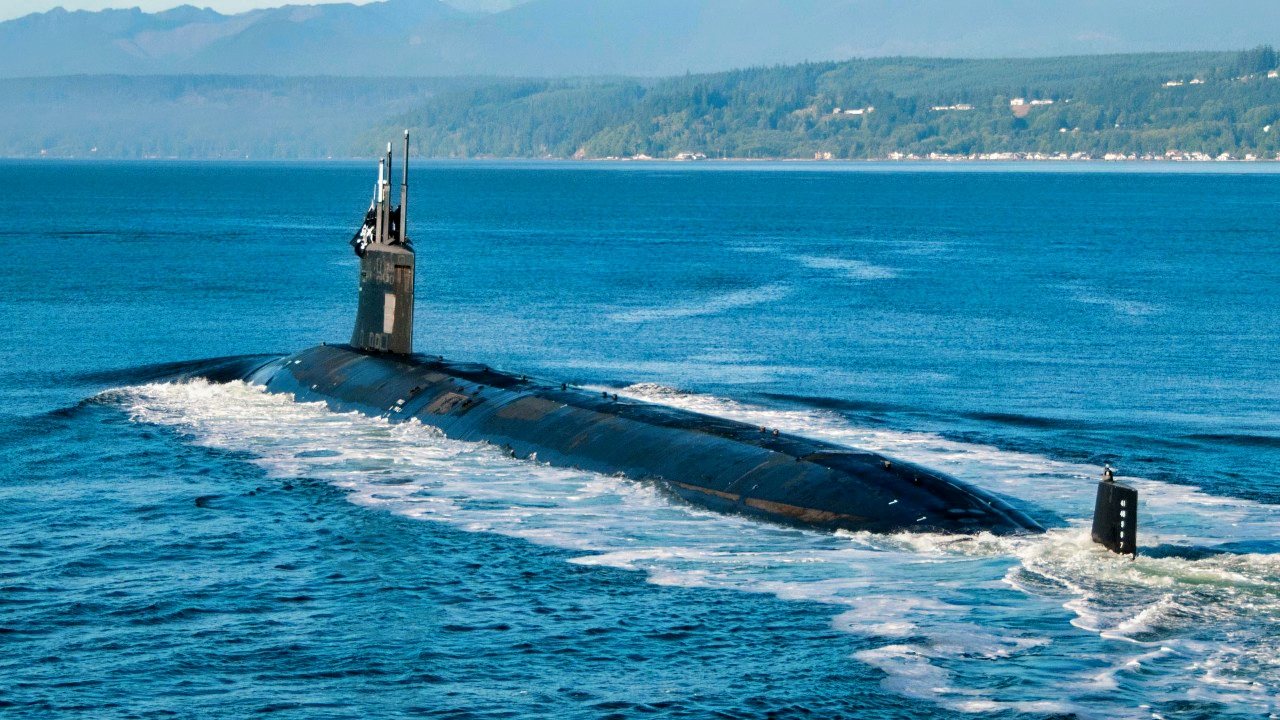
That latter fact has led to speculation whether the maintenance procedures for the fast attack submarines are simply too complicated, but a bigger issue may actually be with the U.S. Navy's lack of repair facilities.
Less than one-third of the U.S. Navy's attack submarines have made it out of maintenance on time in the last decade, even as demand for the boats remains high, the head of Naval Sea Systems Command Vice Adm. Bill Galinis warned in September 2022 during American Society of Naval Engineers' annual Fleet Maintenance and Modernization Symposium.
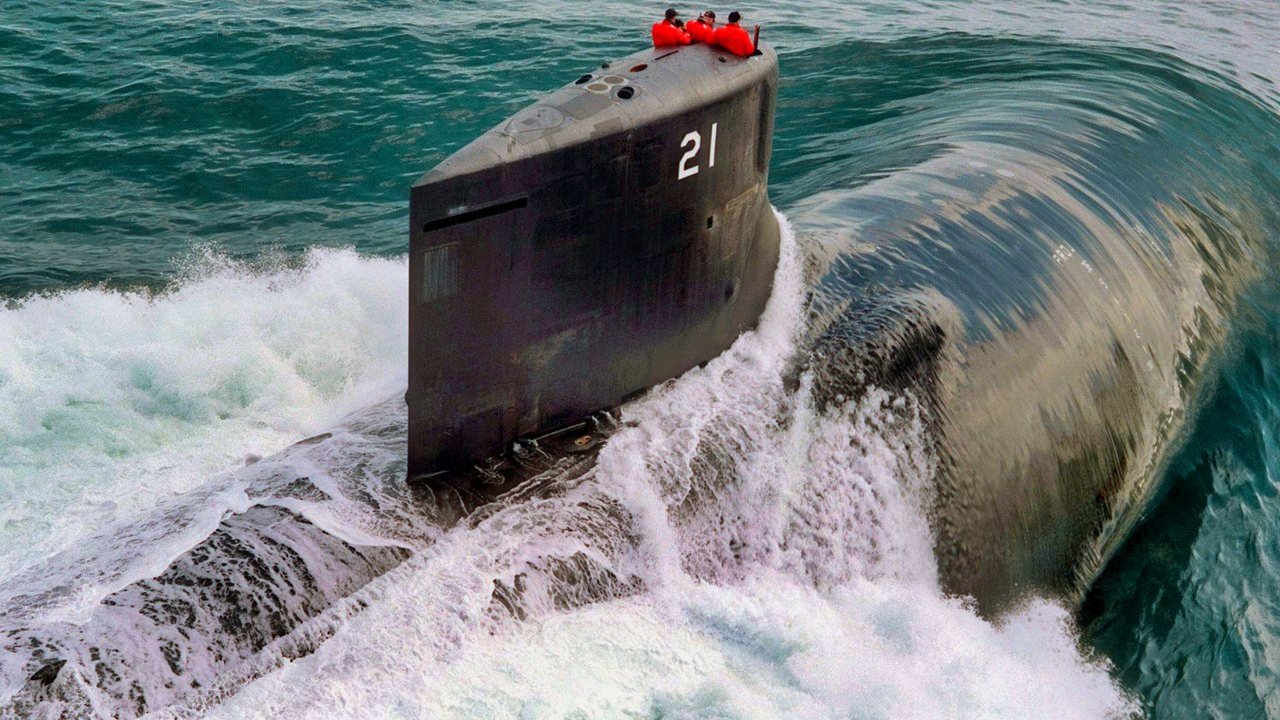
The issue has only continued to get worse, with nearly 40 percent of all U.S. Navy attack submarines out of commission for repairs as of last summer. The drawn-out repairs for the USS Connecticut highlight the repair backlogs and capacity issues with regard to maintaining vessels the U.S. Navy is now facing.
At issue is the lack of facilities to conduct such complicated work, especially on high-tech and classified system.
Two of the country's largest private yards including HII's Newport News Shipbuilding and General Dynamics' Electric Boat have increasingly taken on submarine maintenance work, yet, the bulk of the attack submarine work takes place at the U.S. Navy's four public yards, USNI News reported.
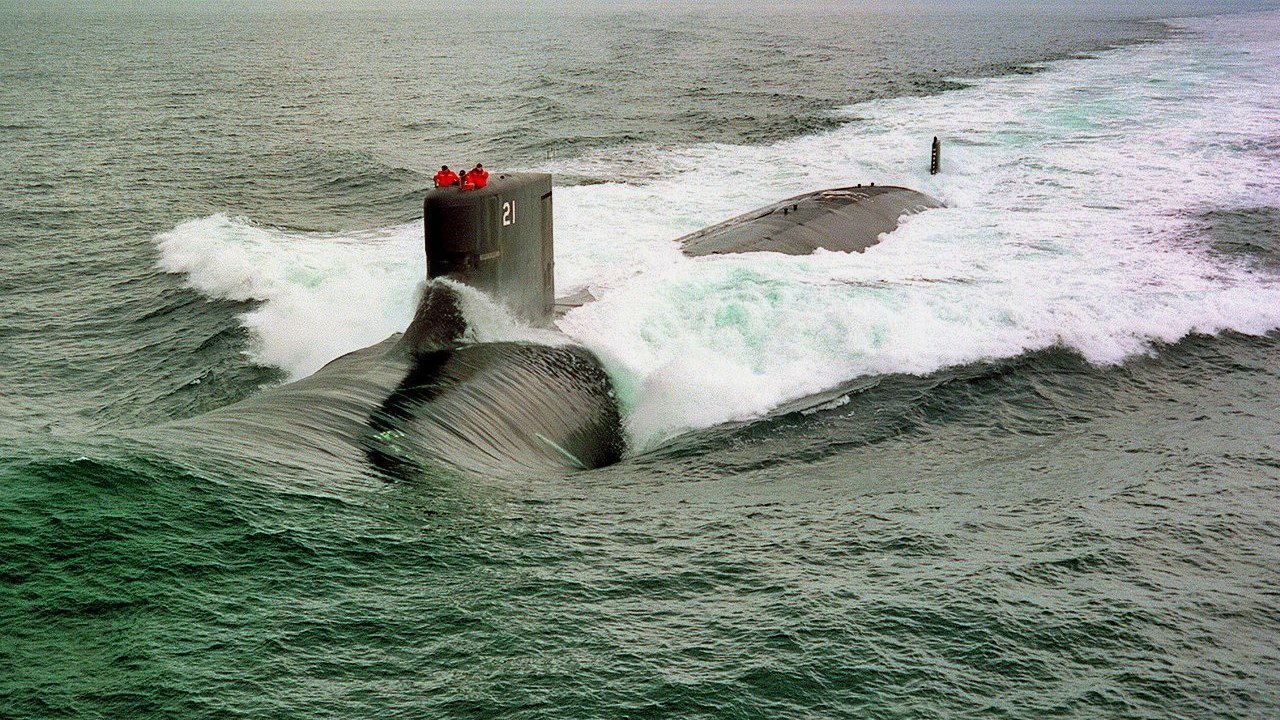
As a result, it will be at least another year until the Seawolf-class attack submarine will begin sea trials. The blame isn't on the boat, rather the issue is with the submarine industrial base and the Navy's lacks ability to keep its vessels maintained.
Author Experience and Expertise: Peter Suciu
Peter Suciu is a Michigan-based writer. He has contributed to more than four dozen magazines, newspapers, and websites with over 3,200 published pieces over a twenty-year career in journalism. He regularly writes about military hardware, firearms history, cybersecurity, politics, and international affairs. Peter is also a Contributing Writer for Forbes and Clearance Jobs. You can follow him on Twitter: @PeterSuciu. You can email the author: [email protected].
